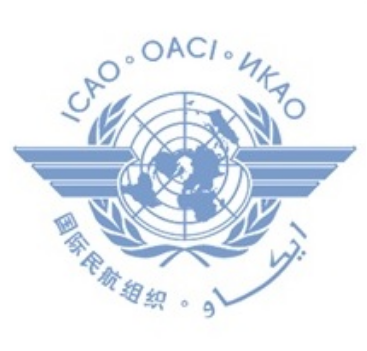
A world specialized agency of the United Nations, the International Civil Aviation Organization (ICAO) was created in 1944 to promote the safe and orderly development of international civil aviation.
It sets standards and regulations necessary for aviation safety, security, efficiency and regularity, as well as for aviation environmental protection.
The Organization serves as the forum for cooperation in all fields of civil aviation among its 191 Member States.
Fifty-four States attended this Conference end of which a Convention on International Civil Aviation was signed by 52 States set up the permanent International Civil Aviation Organization (ICAO) as a means to secure international co-operation a highest possible degree of uniformity in regulations and standards, procedures and organization regard civil aviation matters.
At the same time the International Services Transit Agreement and the International Air Transport Agreement were signed.
The most important work accomplished by the Chicago Conference was in the technical field because the Conference laid the foundation for a set of rules and regulations regarding air navigation as a whole which brought safety in flying a great step forward and paved the way for the application of a common air navigation system throughout the world.
Its seat was in Montreal, Canada and in 1947 the change from PICAO to ICAO was little more than a formality. Aviation safety is one of the core objectives of the International Civil Aviation Organization (ICAO) core.
ICAO Standards and Recommended Practices (SARPs) require that state establish a safety program to achieve an acceptable level of safety in aviation operations. The acceptable level of safety shall be established by the state(s) concerned.
The safety program include many safety activities aimed at fulfilling the program's objectives. A state safety program embraces those regulation and directives for the conduct of safe operators from the perspective ofairtraffic services (ATS), aerodromes and aircraft maintenance.
The safety program may include provisions for such implement such safety activities in an integrated manner requires a coherent SMS.
Therefore, state shall require that individual operators, maintenance organization ATS providers and certified aerodrome operators implement SMS accepted by the state. As a minimum, such SMS shall:

Annex 1
Personnel Licensing